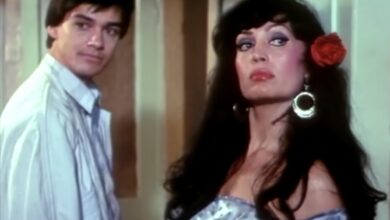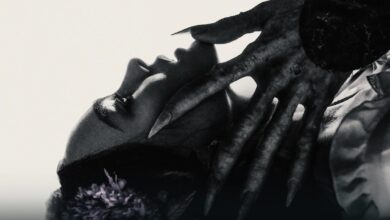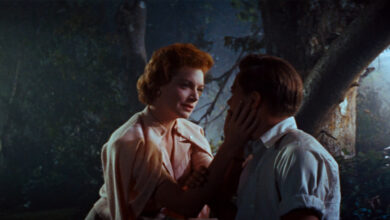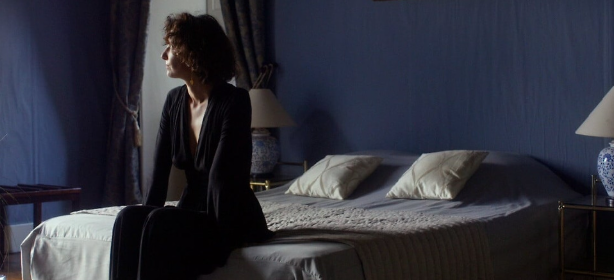
The Blue Room (2014), directed by and starring Mathieu Amalric, is a haunting, elegantly crafted psychological thriller that lingers in the mind long after the screen fades to black. Adapted from Georges Simenon’s novel, the film takes a minimalist approach to suspense — not through loud action or chase scenes, but through silence, memory, and ambiguity.
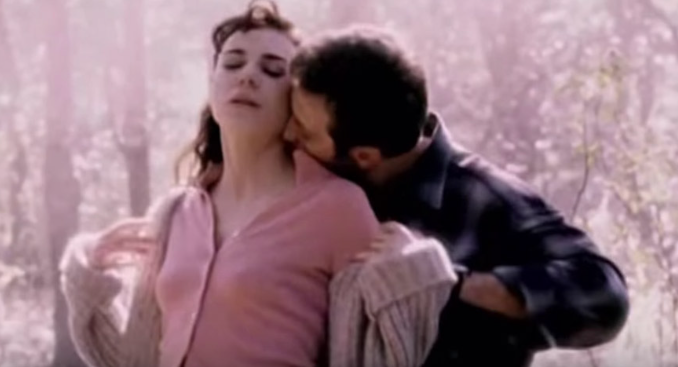
The story revolves around Julien, a seemingly ordinary man, who is entangled in an intense extramarital affair with Esther, a passionate and enigmatic woman. Their secret meetings in the “blue room” are filled with desire, but as time passes, what seemed like harmless passion begins to spiral into something darker and far more irreversible. The narrative unfolds non-linearly, through fragmented flashbacks during a murder investigation — where nothing is said plainly, and every word feels loaded.

Mathieu Amalric gives a restrained but magnetic performance as Julien, a man caught between guilt, desire, and fear. Stéphanie Cléau — who also co-wrote the screenplay — plays Esther with a quiet intensity that keeps the viewer constantly unsure of her motives. The chemistry between them is as chilling as it is captivating.
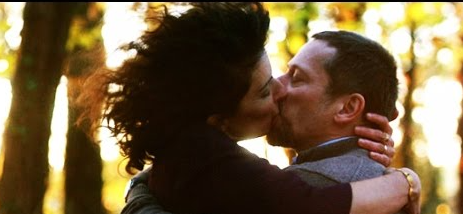
Visually, the film is a masterclass in atmosphere. Framed with precision, often in still, quiet shots, The Blue Room captures the sterile beauty of modern life contrasted with the simmering heat of suppressed emotion. The muted color palette — heavy on shadows, soft light, and of course, blue tones — gives the film a dreamlike, almost claustrophobic feel.
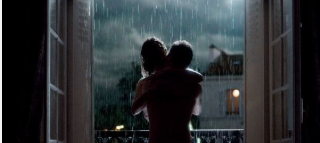
Rather than presenting a straightforward whodunit, the film explores the internal decay of characters — how a single choice, a single moment of weakness, can unravel lives. It’s less about the crime itself, and more about how people justify, hide, or deny the truth.


